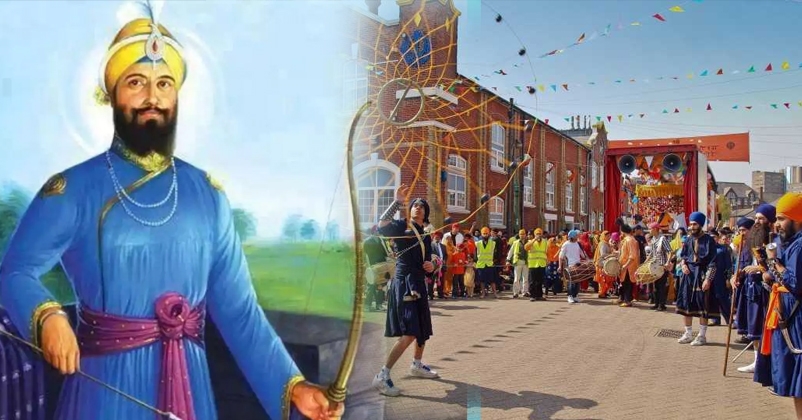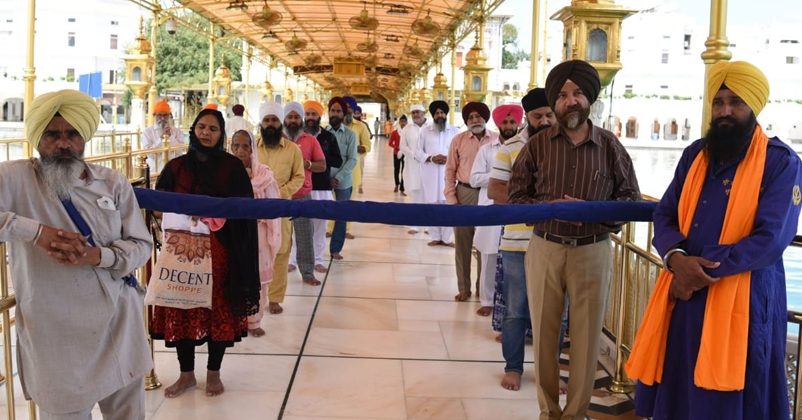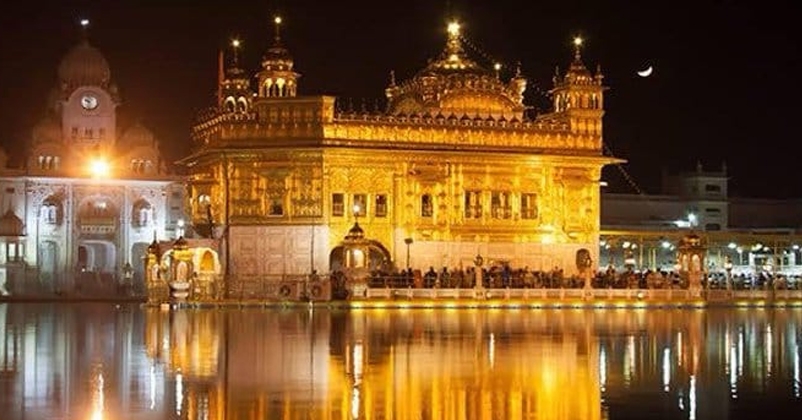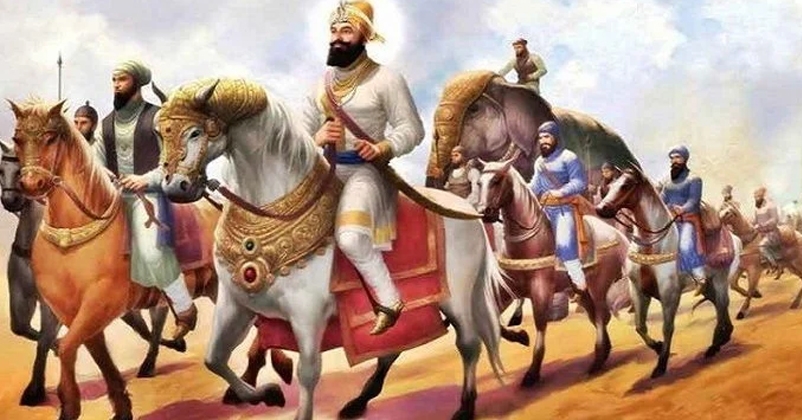Baisakhi - The formation of Khalsa Panth by Guru Gobind Singh Ji
13 Apr 2020 18:31:31

One can find the Khalsa located around the world, living in harmony and always aware of the underlying requirements of their spiritual masters. The worldwide community of Sikhs in general or Khalsa, the group of people who follow the way of life laid down by Guru Gobind Singh Ji, the tenth Sikh Guru are today celebrating the founding of Khalsa. With the foundation of Khalsa Panth, Guru Gobind Singh Ji eradicated all social divisions as it states that the lowest of the low have the right to stand with the highest; all are one and have the right to drink “amrit” from the same vessel. Guru Gobind Singh Ji accorded Sikhs with a unique identity carrying the five K's - Kachha (shorts), Kripan (sword), Kesh (uncut hair), Kangha (comb) and a Kara (bracelet).
A key event in the history of Sikhism, the formation of Khalsa Panth of warriors in 1699 under Guru Gobind Singh Ji is commemorated with the harvest festival Baisakhi. Baisakhi is usually celebrated on 13th or 14th April every year with great enthusiasm and fervour, marking the birth of Khalsa. It holds a very important place in every culture in India and is celebrated with immense joy and festivity not only in India but across the world. Traditionally, it is the day when farmers thank the almighty and harvest the ‘rabi' crop.

Sikh Devotees in Sachkhand Harmandir Sahib on Busakhi
Being celebrated as the New Year by Hindus in South India, Baisakhi is also known as Naba Barsha in Bengal, Vishakha in Bihar and Rongila Bihu in Assam. But for Sikhs around the world it holds tremendous religious significance as they celebrate it as the birth of ‘Khalsa Panth' which states that they believe in one God who is the Master and the Protector of all, the only Creator and Destroyer. The tenth Guru of Sikhs, as a warrior not only created and initiated the Khalsa in 1699 but also pledged to protect the innocent from any form of religious persecution. Khalsa, meaning sovereign or free, was formed in order to teach the followers that no ritual or superstition is above almighty. It is a name given to the religious structure and the community that manages the affairs of the global Khalsa community, being aware of its social and spiritual responsibility as stipulated by the tenth Guru, Guru Gobind Singh Ji.
Popular story behind the firm beliefs of Sikhs and the ‘Panj Pyare’ of the tenth Guru, Guru Gobind Singh Ji
When Mughal Emperor Aurangzeb out of threat beheaded the ninth Guru of Sikhs, Guru Tegh Bahadur Ji who stood up for the rights of Hindus, his son Guru Govind Singh Ji took his place becoming the tenth Guru of Sikhs. With constant efforts to instil courage in his followers, Guru Gobind Singh Ji too was no less than a threat to the Mughal Empire. Subsequently, on the day of Baisakhi in 1699, thousands of Sikh devotees came to Anandpur Sahib to seek their Guru's blessings.

Golden Temple, Amritsar on the eve of Baisakhi
To everyone’s shock, Guru Gobind Singh Ji flashed his sword and demanded a head addressing the crowd that his sword was hungry for a head. As his words sent a chilled wave in the crowd, Daya Ram, a Khatri of Lahore, arose and offered himself in the service of his Guru. Guru Gobind Singh Ji took him to the tent nearby and returned with his sword drenched with blood demanding another head. He repeated himself until five devotees went after him following what he asked. Those present were shaken with the thought that their Guru had killed five of his loyal men so far. Much to their surprise, Guru Gobind Singh Ji finally appeared with all five of them adorned with turbans and saffron-coloured garments. Thereafter, Guru Gobind Singh Ji prepared the holy water called ‘Amrit' and baptized the five volunteers.
The five aforesaid loyal devotees of Guru Gobind Singh Ji were then named ‘Panj Pyare' or the five beloveds. The five men were- Daya Singh, Dharam Singh, Mohkam Singh, Himmat Singh, and Sahib Singh.

Announcing the establishment, Guru Gobind Singh Ji then said that whenever and wherever five baptised (Amritdhari) Sikhs would come together, there would be the Guru himself. All those who receive Amrit from five baptized Sikhs will be infused with the spirit of courage and strength to sacrifice. With the establishment of ‘Panj Pyare’, the caste system was shunned bringing close the lower and upper castes as a group. The ‘Panj Pyare’ were regarded as the first members of Khalsa by Guru Gobind Singh Ji. Alongside, he gave the surname of ‘Singh' to every Sikh man and ‘Kaur’, a princess to all Sikh women, marking that they would represent royalty. The Guru then himself got baptized by the ‘Panj Pyare’ along with his family and from Gobind Rai, he became Guru Gobind Singh as is known since then.
With its formation, Guru Gobind Singh Ji emphasized on the message that the Khalsa Panth is for the help of the needy and not to rule the poor or exploit the helpless. With its formation, Guru Gobind Singh Ji gave an opportunity to Sikhs to live life with courage and equality. Also, it is strongly believed, the holy water called Amrit potion has such tremendous power that even a sparrow can fight with an eagle with great valour. And it is when one ‘Singh’ or ‘Sikh’ is equal to 1.25 lac people. The saying is famously quoted as “Chidiya naal mai baaz ladawa, Giddran toh mai sher banawa, Sawa lakh se ek ladawa, Tab Govind Singh naam dharawan”.